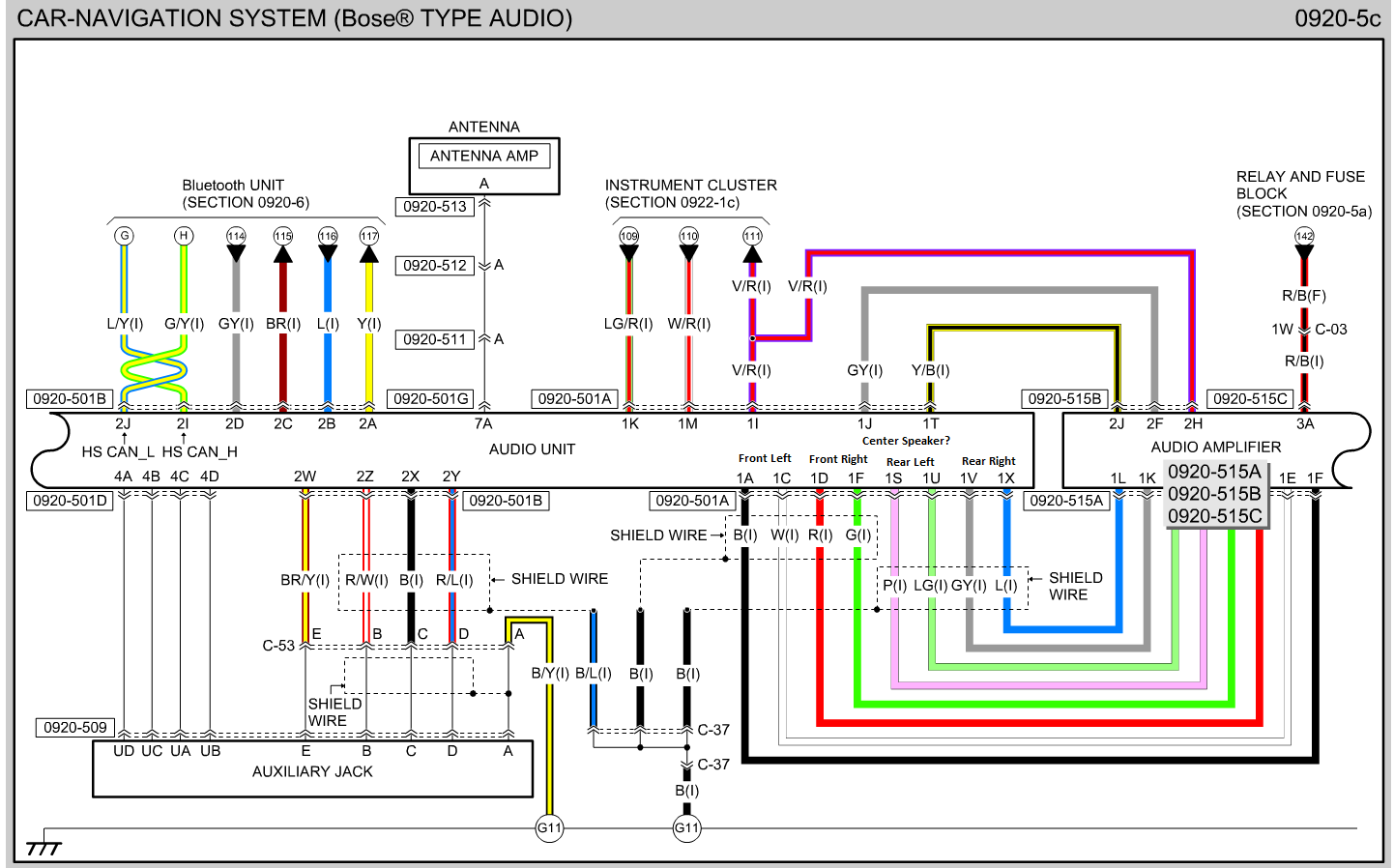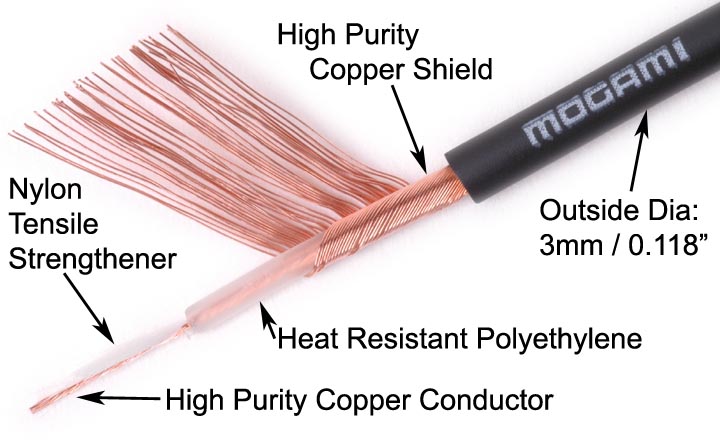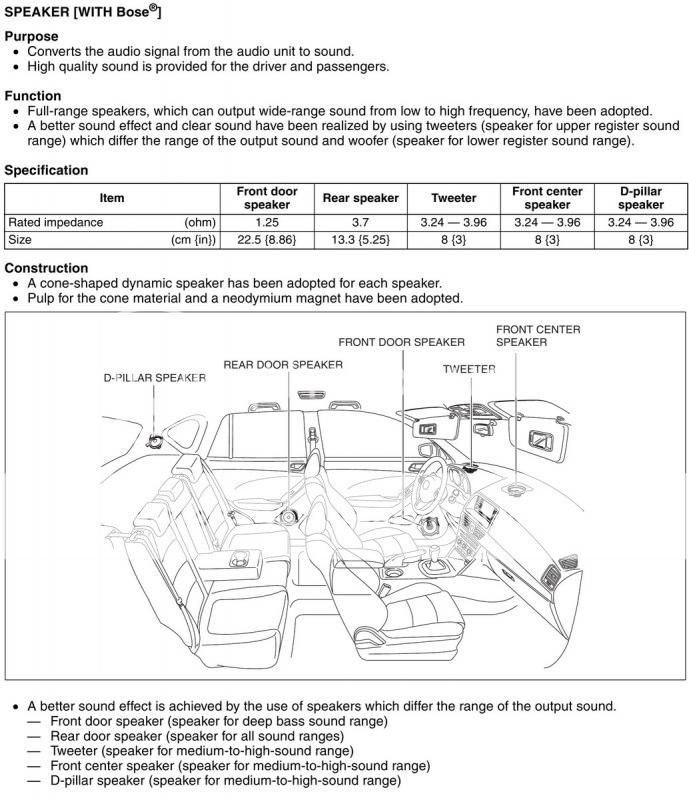Schwacofer
Member
- :
- 2014 Mazda CX-5 Touring
Hello, like many of us I want to upgrade my stereo in my Bose equipped CX-5. I personally do not want to change the head unit. From reading and searching many threads here and other places, tapping the speaker wires after the Bose amp will yield mixed results at best and still retain all the Bose processing. I think that this image will better illustrate what tap in order to make the best of the situation. I have not tested any of this and it comes from trying to peice together information from other posts and by comparing the various wiring diagrams.
1A+ and 1C- = Front Left
1D+ and 1F- = Front Right
1S+ and 1U- = Rear Left
1V+ and 1X- = Rear Right
These wire locations match perfectly to the locations on the 6 speaker non-Bose system. However the colors are listed to be different. Polarity should be the same.
I think that 1J and 1T will be the center speaker. Its the only other set of wires that would also go to the Bose amp and there match no other CX-5 Stereo. But this could use conformation.
The rear D pillar speakers do not have a corresponding from the audio unit output. Bose looks to have just duplicated the existing rear output.

1A+ and 1C- = Front Left
1D+ and 1F- = Front Right
1S+ and 1U- = Rear Left
1V+ and 1X- = Rear Right
These wire locations match perfectly to the locations on the 6 speaker non-Bose system. However the colors are listed to be different. Polarity should be the same.
I think that 1J and 1T will be the center speaker. Its the only other set of wires that would also go to the Bose amp and there match no other CX-5 Stereo. But this could use conformation.
The rear D pillar speakers do not have a corresponding from the audio unit output. Bose looks to have just duplicated the existing rear output.



